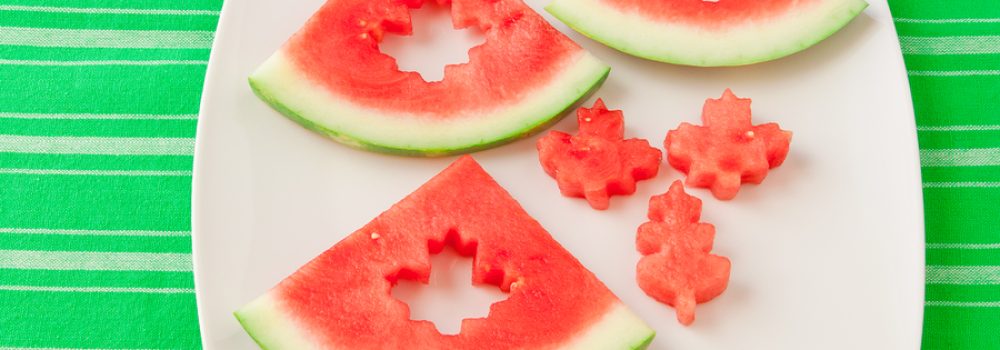Now is a perfect time to integrate healthy foods into your snack meal plans. With the recent adoption of the New Meal Standards for CACFP participants, it is more important than ever to increase the amount of fruits and vegetables served to children. But…as we all know…sometimes children are not particularly excited about eating these types of foods. So how do you get them excited? Here are a few ideas!
- Take children to the grocery store or local farmer’s market and have them help pick out fruits and vegetables to eat. Involving them in decisions about which fruits and vegetables they are going to eat is a great way to get their “buy in.”
- If at all possible, involve children in the preparation of snacks that include fruits and vegetables. Commonly, when children are involved in the preparation of a food, they are more likely to at least try it.
- Think up new and fun ways to serve foods to make then enticing to children. Think about color, shape and texture when planning snacks. For instance, instead of just serving chunks of cantaloupe or watermelon, get out the melon baller and have children use it to make spheres of fruit to enjoy. Or, use a cookie cutter to cut shapes from watermelon…like in the photo above.
- Have more advanced/older children prepare snack for younger ones. Not only does this invite these children to assume a leadership role, it also makes them much more likely to eat the foods they prepare…thus modeling this behavior for younger ones.
- If you haven’t already done so, plant some fruits and vegetables for the children to help take care of. Children are much more likely to eat a tomato they pick from the garden than one that is simply set in front of them at snack time. If you do not have room for a full garden, container gardens are easy to set up and care for!
Finally, think outside the box when planning snacks that include fruits and vegetables. Here are just a few ideas to get you started:
- Instead of opening a can of fruit cocktail, make fruit kabobs. The children can make their own kabobs and then eat them once finished. Practice patterning in the process (e.g., strawberry, banana slice, pineapple chunk, strawberry, banana slice, pineapple chunk).
- Arrange veggies on plates to create a face (e.g., shredded carrots for hair, black olive slices for eyes, a piece of celery for a nose and a slice of red pepper for a mouth).
- Make berry parfaits. Again, the children can practice patterning in the process by layering the fruits in a specific fashion (e.g., strawberries, blackberries, blueberries, strawberries, blackberries, blueberries).
- Peppers come in many colors (e.g., yellow, orange, red and green) and they are also very high in vitamin C. Have children help wash the peppers and then cut horizontally (rings) and vertically (slices). Invite the children to arrange the rings and slices on their plates to create “pepper art” that they can then eat.
- Take snack outdoors! Eating outside is very different from eating inside. Encourage children to share what they like, and do not like, about eating outside. Do foods taste different when eating them outdoors?
Most importantly…model healthy eating yourself! The children are ALWAYS watching you. If they see YOU eating fruits and vegetables, they are more likely to do so themselves. Also, make sure you sit with children during snack time and engage them in conversations. This not only helps to build both receptive and expressive language skills, it also forces children to slow down and truly enjoy their food.
Happy, healthy eating!





